In this kaiseki meal, I showcased my homemade katsuobushi dashi in every single savory dish. Kaiseki is so much more than a meal to me -- its a practice and culture of beauty, patience, dedication, restrain, and humility...
After so many years and many miles of travel, this week (1st week of December, 2021), I wanted to honor my profound journey and express my gratitude to Ito San and the universe by making and sharing this Kaiseki meal with friends and family. In this kaiseki meal, I showcased my homemade katsuobushi dashi in every single savory dish.
My seven course meal included:
Silken tofu in katsuobushi dashi broth
Chawanmushi made with homegrown pea sprouts and fish cake
Dashi braised carrots, golden beets, and torched daikon served over matcha beurre blanc
Smoked salmon, cucumber, micro green salad with ginger dressing; finished with a dashi braised lotus root chip
Dashi infused squid ink pasta finished with tobiko (flying fish roe); served with toragashi prawn
Grilled chickpea miso cod (infused with dashi) served with Ma Yu black garlic oil, bok choy, and torched pearl onions
Yuzu infused poached pears served with hibiscus yuzu marmalade reduction, apple chips, nuts, and green tea ice cream
In an article about Japan, Anthony Bourdain called Kaiseki -The World's Finest Meal. He wrote:
"To the outsider, kaiseki appears to simply be a multi-course Japanese dinner made up of beautifully plated dishes. But there's so much more to this meticulously prepared, exquisitely served and, usually, very expensive meal. Originally presented to the royal noble classes, a kaiseki meal today could easily hit the triple dollar digits. To practitioners of this haute cuisine, kaiseki is the embodiment of "omotenashi," which means wholehearted hospitality."
My learning of Kaiseki comes from taking multiple rural journeys through Japan with my late friend and mentor Ito San. Kaiseki is so much more than a meal to me -- its a practice and culture of beauty, patience, dedication, restraint, and humility. It is about elevating simple ingredients and resources for lasting experiences; it is about honoring nature and relationships; and finally it is about balance and complex details.
In December 2006, Ito San took me to rural Japan for the first time. Our journey began in Yokohama and a little detour at the footsteps of the Japan Alps. In between
Mt. Yarigatalke, Mt. Hotaka, and Mt. Kasagatake, there is an old Ryokan (a traditional Japanese inn) called Yarimi-kan in the Shin Hotaka hot spa (Onsen) area in Gifu prefecture. Our journey began with an overnight trip to Yarimi-kan.
The next morning at 4am, I got up to bathe in the Onsen that flows into a roaring river snaking through the Japan Alps. The sound of the bubbling river was not more than 20 meters away. The view of the sparkling clear water was breathtaking. And it was that time of the day when all the promises of the day are upon you in the faint radiant glow of dawn. The beauty and grace of a place like this can never be truly described in words.
It is here where I experienced my first true Kaiseki meal -- the way it is meant to be.
The origins of Kaiseki ryori (会席料理) are found many centuries ago in the simple meals served at the tea ceremony, but later it evolved into an elaborate dining style popular among aristocratic circles. Today, kaiseki is served in specialized restaurants or can be enjoyed by staying at a ryokan (Japanese style inn).
Kaiseki meals have a prescribed order to their dishes, most of which are prepared by using one of the common techniques of Japanese cooking. However, kaiseki chefs have considerable freedom to add, omit or substitute courses in order to highlight regional and seasonal delicacies and personal style." -- Japan Guide
behind the scene
All abut the Dashi...
"Look up umami in the dictionary and dashi is what you'll find. It tastes as rich and complex as a broth or stock that's been simmering for hours, but it takes less than 15 minutes to make and, in many cases, is built on just one or two ingredients. How is this possible?!?!
Dashi actually refers to a group of broths that can be made from steeping various ingredients in either cold or warm water. The simplest dashi is vegan, made from cold-brewing kombu (more on that below), while stronger versions are created by squeezing the flavor out of bonito flakes (katsuobushi), dried sardines, dried shiitake mushrooms, dried shrimp, dried scallops, adzuki beans, and/or toasted soybeans." -- bonappetit
Elevating everyday vegetable...
Marinating cod overnight with chickpea miso before grilling...
Chickpea miso is made from brown rice and chickpeas and is typically aged for 1 to 3 months. Its flavor is stronger than that of white miso but not quite as rich as red miso.
Making Ma-Yu from Black Garlic for chickpea miso cod...
Ma-Yu is a Japanese condiment that is made by scorching garlic in oil. Typically found in ramen shops next to its more commonly known cousin ra-yu (chili oil), it adds another layer of flavor.
"Black garlic is a type of aged garlic that is colored deep brown. The production process is defined as fermentation, during which some key intermediate compounds of Maillard reaction are produced. It was first used as a food ingredient in Asian cuisine." - Wikipedia
Making Chawanmushi (with pea sprouts from my own garden)...
Chawanmushi (茶碗蒸し) is a Japanese steamed egg custard that consists of ginkgo nuts, shiitake mushrooms, kamaboko (Japanese fish cake), and an egg mixture flavored with dashi, soy sauce, and mirin. The egg custard is often served as a cold or hot appetizer. Chawan(tea cup) mushi(steam) literally means teacup steamed egg custard. -- Just One Cook Book
Getting desert ready...
"Yuzu (Japanese 柚子 or ユズ) is a citrus fruit and plant in the family Rutaceae of East Asian origin. Yuzu has been cultivated mainly in East Asia, though recently also in Australia, Spain, Italy and France. This fruit looks somewhat like a small grapefruit with an uneven skin, and can be either yellow or green depending on the degree of ripeness. Yuzu fruits, which are very aromatic, typically range between 5.5 cm (2.2 in) and 7.5 cm (3.0 in) in diameter, but can be as large as a regular grapefruit (up to 10 cm (3.9 in) or larger)." - Wikipedia
Making squid ink pasta sauce...
"If you weren’t born in Japan or in the Mediterranean, you know for sure that only dark chocolate, coffee and tea can be black. Even though these foods are actually not black but rather dark brown, everyone’s fine with “black.” We all know it since childhood. So, what does it taste and smell like? Gourmets will say that squid ink tastes and smells with the sea. To be more precise, the flavor of squid ink is close to the flavor of fresh sea fish with some umami hints. To remember umami flavor, think of soy sauce or blue cheese. - Markys
Making prawns...
"The names "shrimp" and "prawn" are often used interchangeably, and understandably so. Shrimp and prawns have a lot in common: They both are decapod crustaceans (meaning they have 10 legs and exoskeletons), they both live near the floor of whatever body of water they inhabit, and their outer appearance—as well as when they're cooked—is very similar. However, it may surprise you to learn that shrimp and prawns are not even the same animals. Shrimp are part of the sub-order Pleocyemata, while prawns belong to the sub-order Dendrobranchiata.
Shrimp and prawns can be found in both salt and fresh water; however, most varieties of shrimp are found in saltwater while most prawns live in freshwater—particularly the varieties we purchase to cook. But it is not just where they inhabit that distinguishes one from the other." -- Molly Watson







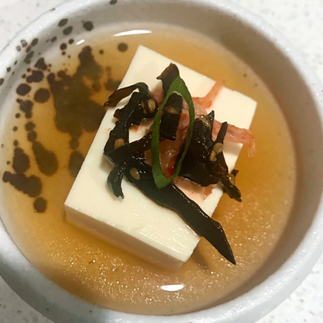









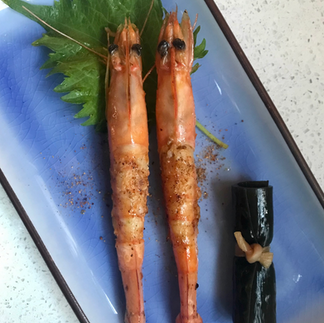

































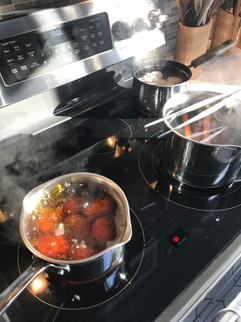

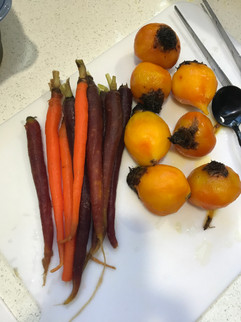









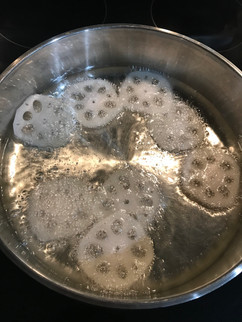

















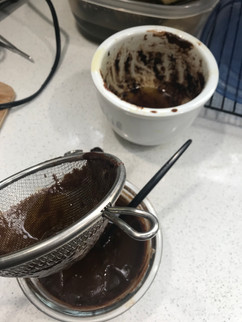

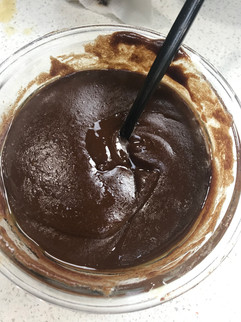

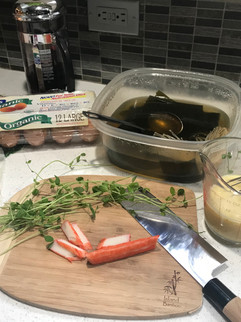



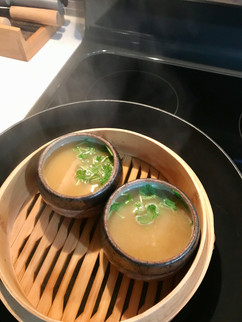









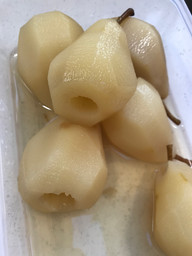













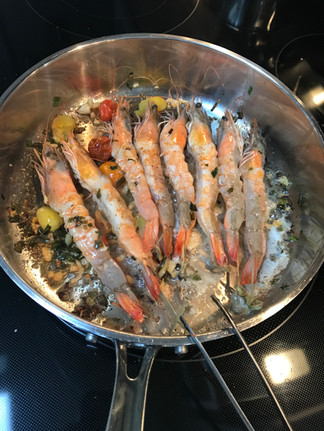

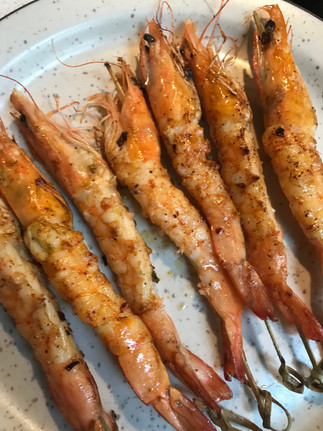
Comments